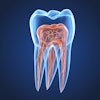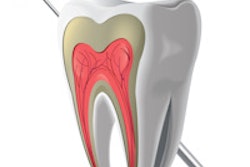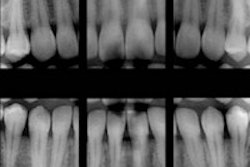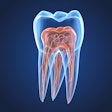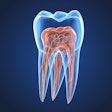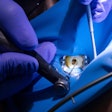Dear Endodontics Insider,
Welcome to our first Endodontics Insider, sponsored by Essential Dental.
In our exclusive Endodontics Insider, contributing writer Rabia Mughal writes that root canal therapy can reduce multiple dimensions of pain, including intensity, duration, and its interference with daily activity, according to a new practice-based research network study published in the Journal of Endodontics.
Also in the Endodontics Community, when a patient is rushed in with an injured tooth, what is the best approach to preserve the tooth's pulp, pulpal space, and root? DrBicuspid.com spoke with four endodontists on best practices in treating a patient in these circumstances. They recommend a team effort with general dentists and staff on the front line and endodontists joining in to preserve the tooth's pulp, pulpal space, and root. Read more here.
A new review study published in Restorative Dentistry and Endodontics analyzed the effectiveness of calcium-enriched mixture cement in endodontic applications. Bioceramic materials were mostly used for dental implants before they were introduced for pulp capping, apexogenesis, apexification, and furcation repair. Find out more here.
Whether a vertical root fracture (VRF) is complete or incomplete can be difficult to diagnose. Now, the authors of a new study in the Journal of Endodontics ask, if a practitioner is trying to determine if a VRF is incomplete, is digital radiography or cone-beam CT (CBCT) the better modality to use? Read more here.
Extraction of posterior maxillary teeth is challenging because the roots are often close to the maxillary sinus. However, a recent study in the Journal of Endodontics that used CBCT found that only few premolars actually present a risk of that border being violated. Learn more here.
In 2011, more than 84,000 Ohioans used a hospital's emergency room to receive treatment for dental pain and suffering, according to a new report from the Universal Health Care Action Network Ohio. Read more here.
Dental anxiety can be so extreme for some patients that a simple cotton swab on the gums makes them flinch, and other patients, fearful of pain, simply avoid seeing the dentist, according to the authors of a new study in the Journal of Endodontics on when and how to use sedatives during dental procedures. Find out more here.

